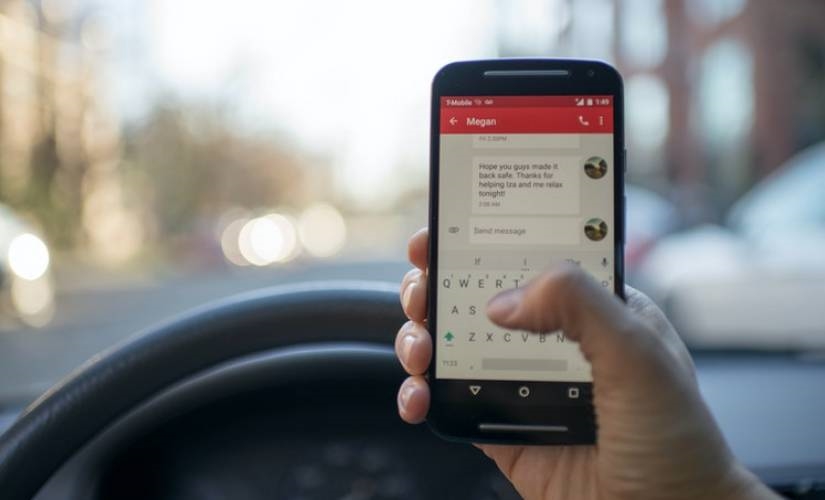How to Utilize an SMS Marketing Strategy
How to Utilize an SMS Marketing Strategy

If you’re marketing a startup in the modern world, you should be using a wide variety of different channels simultaneously. Today’s audiences consume media in a multitude of different forms, using a number of different mediums to communicate with each other. Most national brands employ marketing and advertising strategies through search engine optimization (SEO), pay per click (PPC) ads, social media messaging, email marketing, and even traditional advertising forms like print and radio.
But one of the most effective ways to get in front of your target audience is to use SMS marketing – the art of sending direct SMS text messages to your target demographics.
Why SMS Marketing?
So what are the advantages of SMS marketing? Why would you use this marketing strategy when there are so many other viable options available?
- Directness. SMS messaging is a direct channel. You aren’t placing an ad on a billboard and hoping your target audience eventually sees it. Instead, you’re sending a message to an individual’s phone number.
- Immediacy. Texts are also immediate. You can send them instantaneously and your recipient will likely receive a notification immediately that they have a new message to read. It’s a fast, uninterrupted medium.
- Automation potential. One of the biggest appeals of SMS marketing is that it can easily be automated. No members of your team are writing out and sending messages by hand; you’re relying on a service to send texts at the right time and in the right way.
- Easy integration. It’s remarkably easy to integrate SMS text marketing with other marketing strategies. For example, you can use SMS texts to get new email subscribers, send people to your social channels, or distribute links to your landing pages.
- Data access. With SMS texts, you can gather more data about your audience. Not only can you measure open rates and response rates very easily, you can also use SMS messaging to distribute and collect surveys.
- Higher engagement. SMS texts tend to have higher engagement rates than other communication mediums, such as email.
So what steps can you take to use and improve your SMS marketing strategy?
Choose the Right Service Provider
Your first job is to choose the right service provider. There are many SMS gateways to choose from, and consulting an SMS gateway list can help you figure out the differences in terms of functionality, scalability, pricing, and of course, user ratings and reviews. Choose a platform that gives you access to all the tools you need, support for the number of recipients you plan to send to, and solid reviews and testimonials all-around. With the right platform in place, everything else will be much easier to manage.
Research and Understand Your Target Demographics
Before you start drafting messages and sending texts, it’s important to research and understand your target demographics. Generally speaking, SMS marketing is better for younger audiences, who are more likely to use their phones and respond to text messages. But no matter who you target, you should know which types of messages will work best. Using market research, figure out what times of day will be most effective, what kinds of calls-to-action (CTAs) will work best, and more.
Keep Your Messages Short and Sweet
SMS text messaging isn’t a perfect medium for communication; it becomes unwieldy and annoying when used to convey long and complex messages. Accordingly, it’s a good idea to keep all your outgoing SMS messages short and sweet. There isn’t a strict character limit to follow here; just try to keep your message as concise as possible. Most of the time, one or two sentences should be plenty to get your message across. If you end up writing more, see if you can trim it down.
Always Tie to a Call-to-Action (CTA)
Most, if not all of your text messages should have a built-in call-to-action (CTA) – an opportunity for your recipient to take action and engage with your message in some way. For example, you could encourage your recipient to click a link and visit a landing page associated with your brand or you could ask them to subscribe to your email newsletter. You could also ask them to respond to the message directly. The point is to get them moving – and push them closer to a conversion.
Master the Timing and Frequency
Timing and frequency are vital considerations if you want your SMS marketing strategy to be successful. It’s important to be persistent and follow up with your audience multiple times; most people are only responsive after multiple messages. But at the same time, if you overwhelm your audience with an annoying bombardment of messages, you’ll end up turning people away.
Consider starting by sending a message once every other day, sending around 8-10 messages before you scale back. Then, experiment with different numbers of messages and different timings to see what works best for your brand.
Use a Multimedia Messaging Service (MMS)
Written text messages can work well, but if you want to make an even bigger impact, consider utilizing a multimedia messaging service (MMS). This approach incorporates other forms of sent media, such as links to online videos or images. It can make your message much more interesting, engaging, and distinguished from the competition.
Create a Sense of Urgency
If given the opportunity, most people will intentionally procrastinate. They may like the idea of the offer you’re making, but they’ll delay taking action if they feel like they can. You can fight back against this tendency by creating a stronger sense of urgency with your SMS messages. Give people a limited time to respond to your offer, or suggest that your offer will disappear in short order.
Create Marketing Synergy
Good marketing strategies employ synergies to get more out of individual tactics. It’s not enough to roll out an SMS text marketing strategy and hope it’s enough to support your brand entirely. It needs to link together with your other strategies, such as SEO, PPC advertising, social media marketing, and email marketing. Encourage fans from other channels to sign up for your SMS messaging service, and use texts to guide fans to these other channels as well.
Come Up With Exclusive Offers
Why would someone want to be subscribed to your SMS message feed if they’re already subscribed to your email newsletter and other communication channels? Make it enticing by coming up with exclusive offers for your SMS subscribers. For example, you can offer exclusive discounts, freebies, sneak peeks, and other rewards for customers who get SMS texts from you directly.
Use Short Surveys
Startups often fail because they never adapted to serve their customers better. They didn’t take the time to learn about their customers’ wants and needs, nor did they study the competitive landscape to improve their own offers.
Avoid falling into this trap by utilizing short surveys in your SMS marketing efforts. Send your customers brief, 1- or 2-question surveys they can answer with succinct responses, such as a “yes or no” or a numerical rating. You can collect tons of information this way, and use customer feedback to improve your products and services.
Personalize the Message
Many people won’t pay attention to a generic, clearly mass marketed message. If you want to get their attention and attain a higher response rate, you need to personalize the message in some way. That could be something as simple as using their name in the message, or you could send specific messages based on each customer’s previous buying habits or interactions with your brand.
With these strategies, you can craft an SMS marketing strategy that can help your startup grow in visibility, memorability, and influence simultaneously. It’s a bit tricky to get started, but once you set up an automated, scaled campaign, you’ll see massive benefits for your bottom line.
The post How to Utilize an SMS Marketing Strategy appeared first on ReadWrite.
(29)


